These days, it seems like every fashion-savvy person has a pair of Tabi boots. The split between the hallux and other toes is terrifying to passersby and enthralling to fashionistas. What exactly are the Tabis? And why are they so popular? Keep scrolling!

Originally, tabi were traditional Japanese socks worn with wooden thonged geta sandals. They date back to the 15th century when Japan was actively trading with China and obtained cotton. The split between the hallux and the rest of the toes was meant to simplify putting on the shoes.
Tabi were essential to any Japanese person’s wardrobe and could say a lot about their owner. For example, the purple and golden could be worn by the royal family and aristocracy only. The samurai could wear any colors besides the two mentioned before. Peasants were allowed to wear indigo ones, and white tabis during holidays.

Later, in the 20th century, when the production of rubber was established, jikatabi were invented. These were the same socks but they featured a rubber sole. That way they could be worn on their own, without additional footwear. By the way, they were first produced by brothers Tokujiro and Shojiro Ishibashi, founders of tire company Bridgestone you might know as it’s the largest tire manufacturer today.
Jikatabi were a type of workboot first. They are durable, comfortable, and stable. They were introduced to the Western world in 1951 when Shigeki Tanaka ran a Boston marathon wearing jikatabi.

The Tabi boots loved by fashionistas all around the world were created by Martin Margiela, Belgian designer and founder of Maison Margiela. He was at the roots of modern fashion that all the new designers draw inspiration from. Margiela aimed to create footwear inspired by traditional Japanese shoes including jikatabi.
He managed to make the polarizing Tabi boots the trademark of his brand and the most wanted pair of shoes ever.
The split-toe boots by Maison Margiela were presented during the very first show in 1989. To make the boots even more noticeable, the models dipped their feet in red paint and then walked the runway covered in white fabric, leaving footprints that looked very much like hoof prints. Fun fact: the next Margiela show featured a vest made of the very white runway fabric from the first show.

Tabi boots became a fashion phenomenon and a part of fashion history. Martin Margiela considers the footwear his greatest achievement, while people still argue if they love them or hate them 35 years later.
More interesting posts about fashion, style, and it-items on Vikisews Blog:
Bootleg fashion — are fakes on trend?




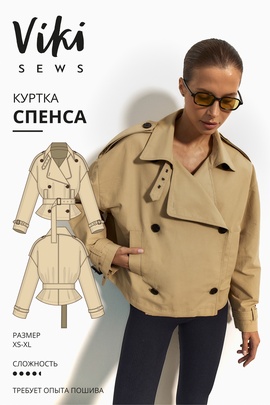
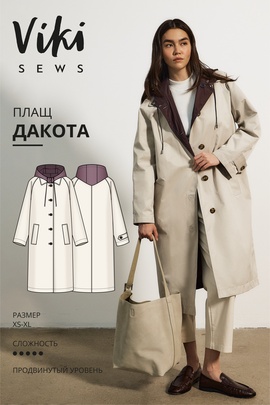
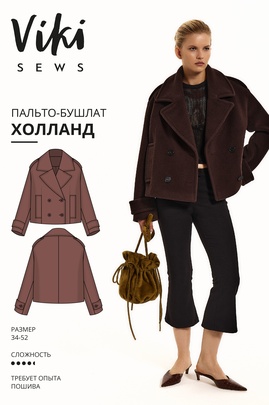
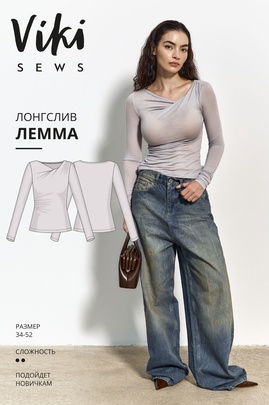
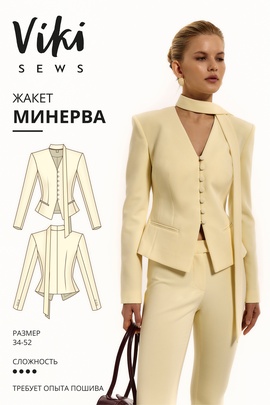
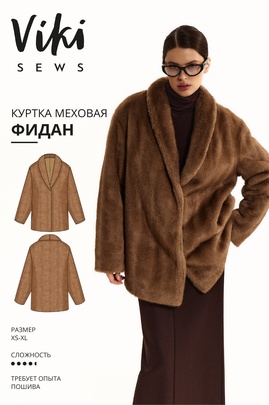
Здесь пока нет комментариев